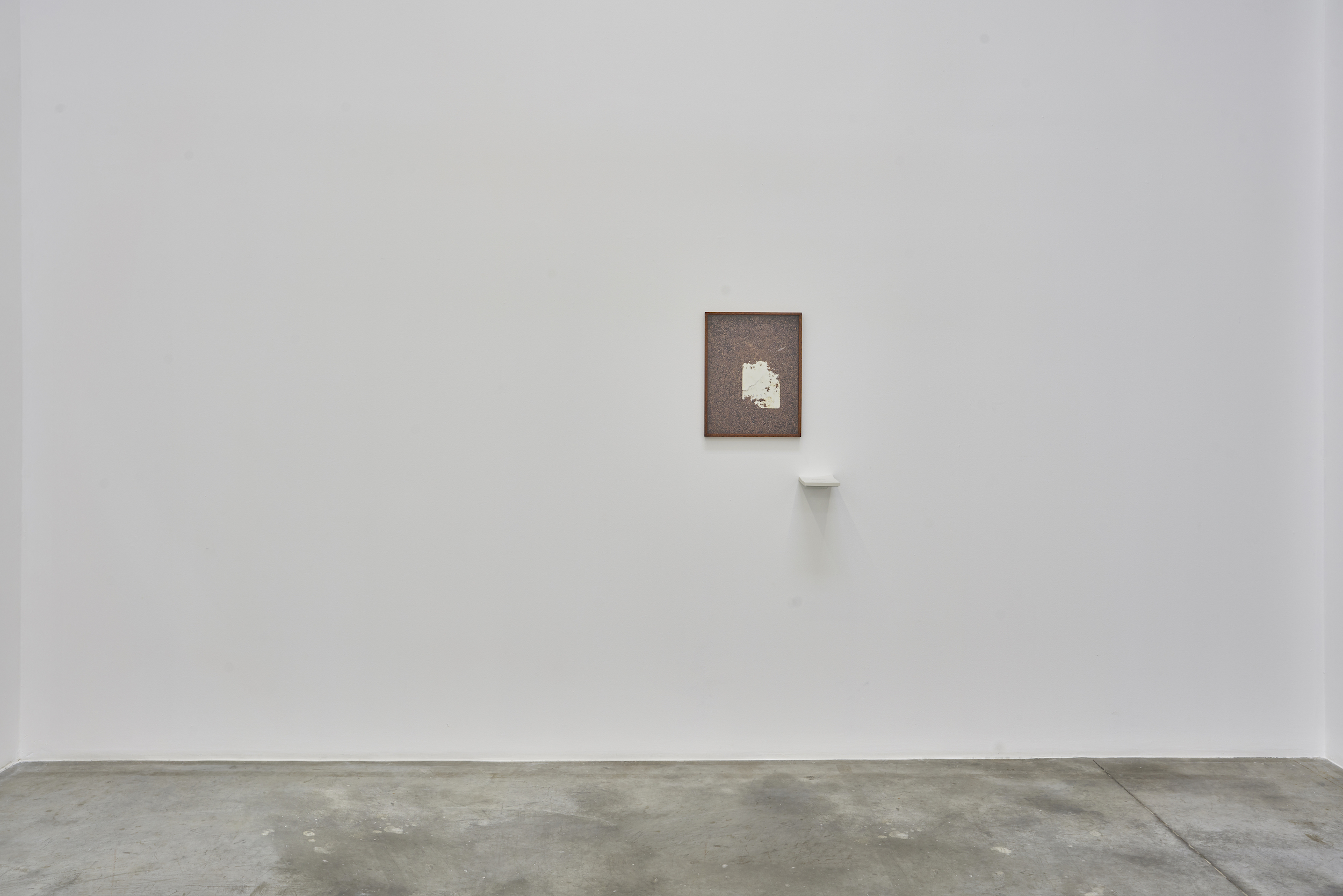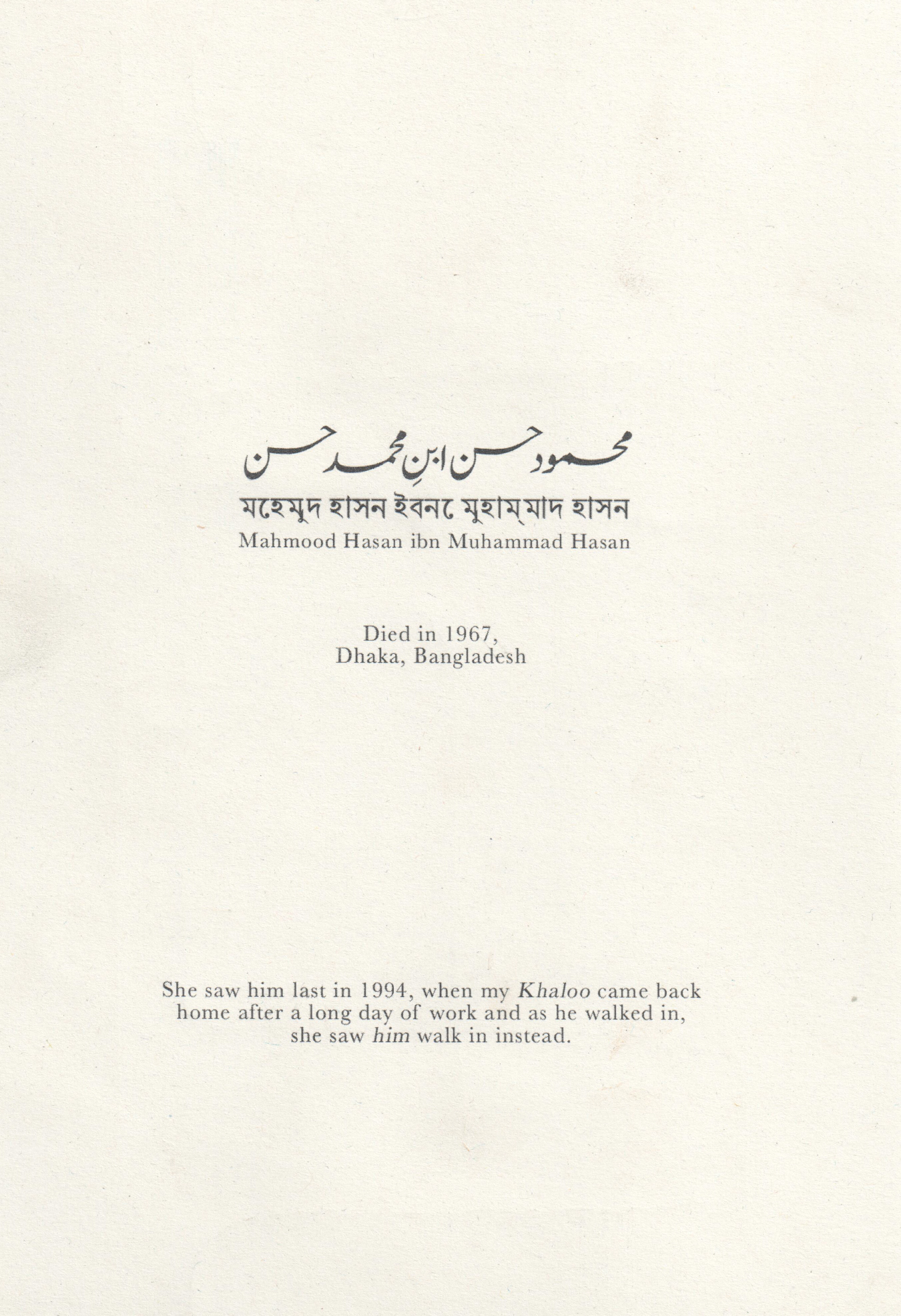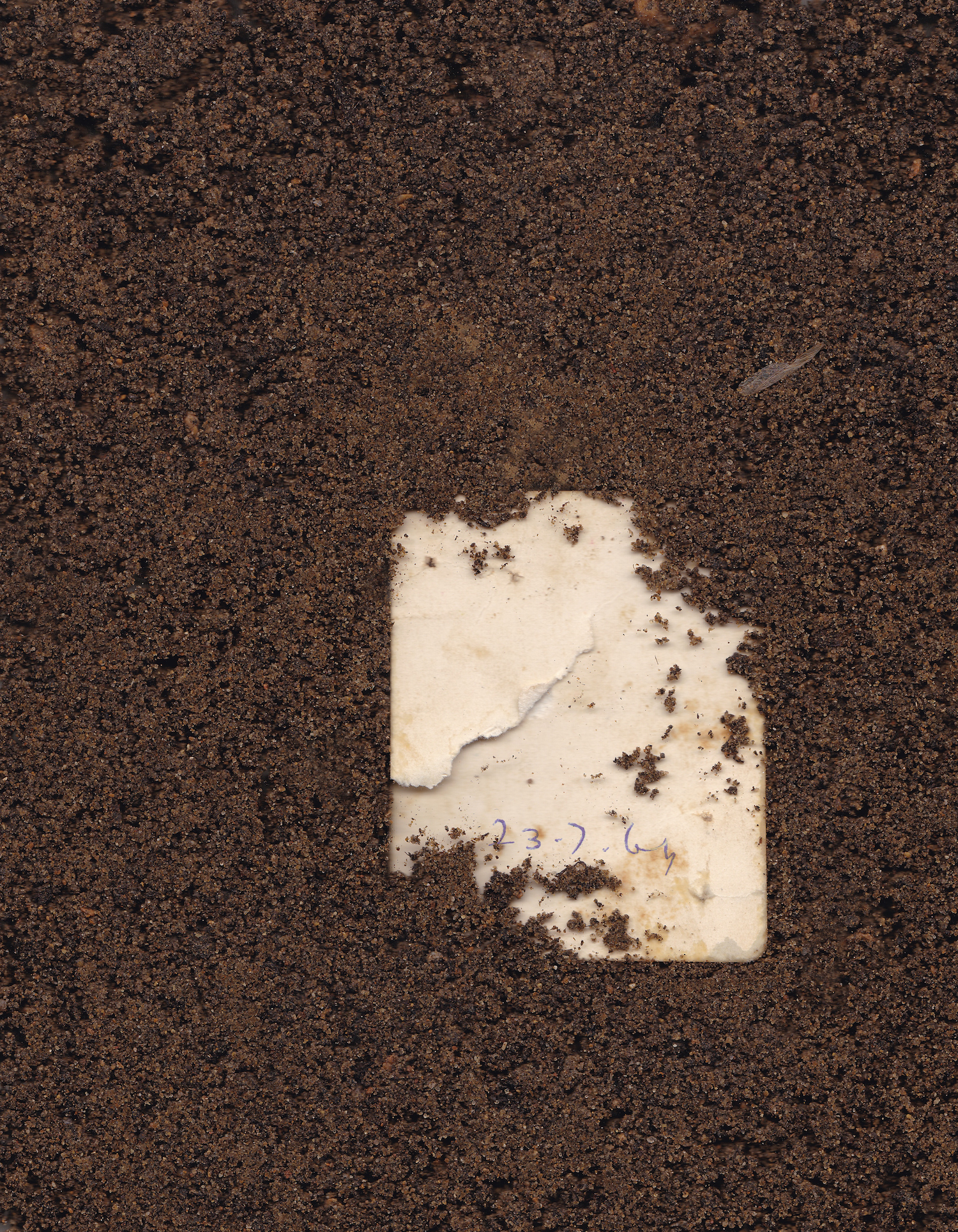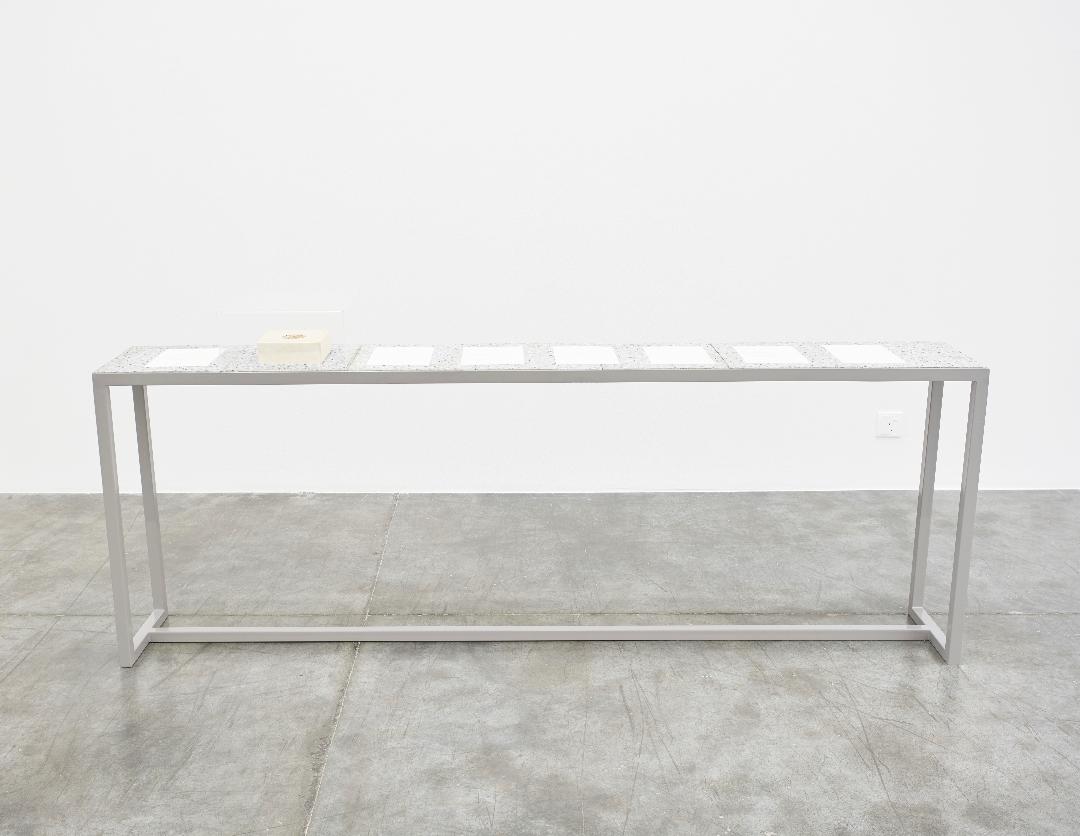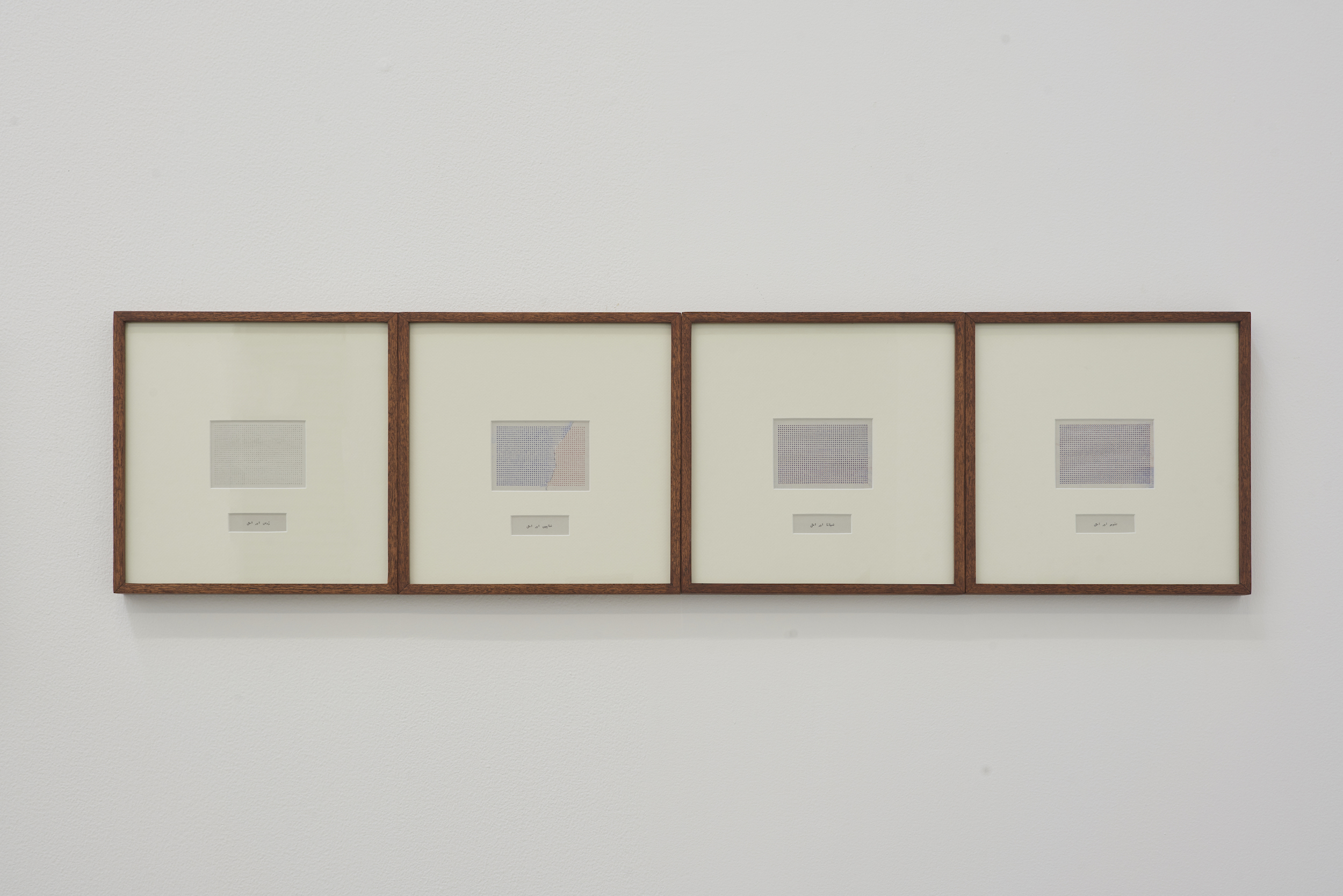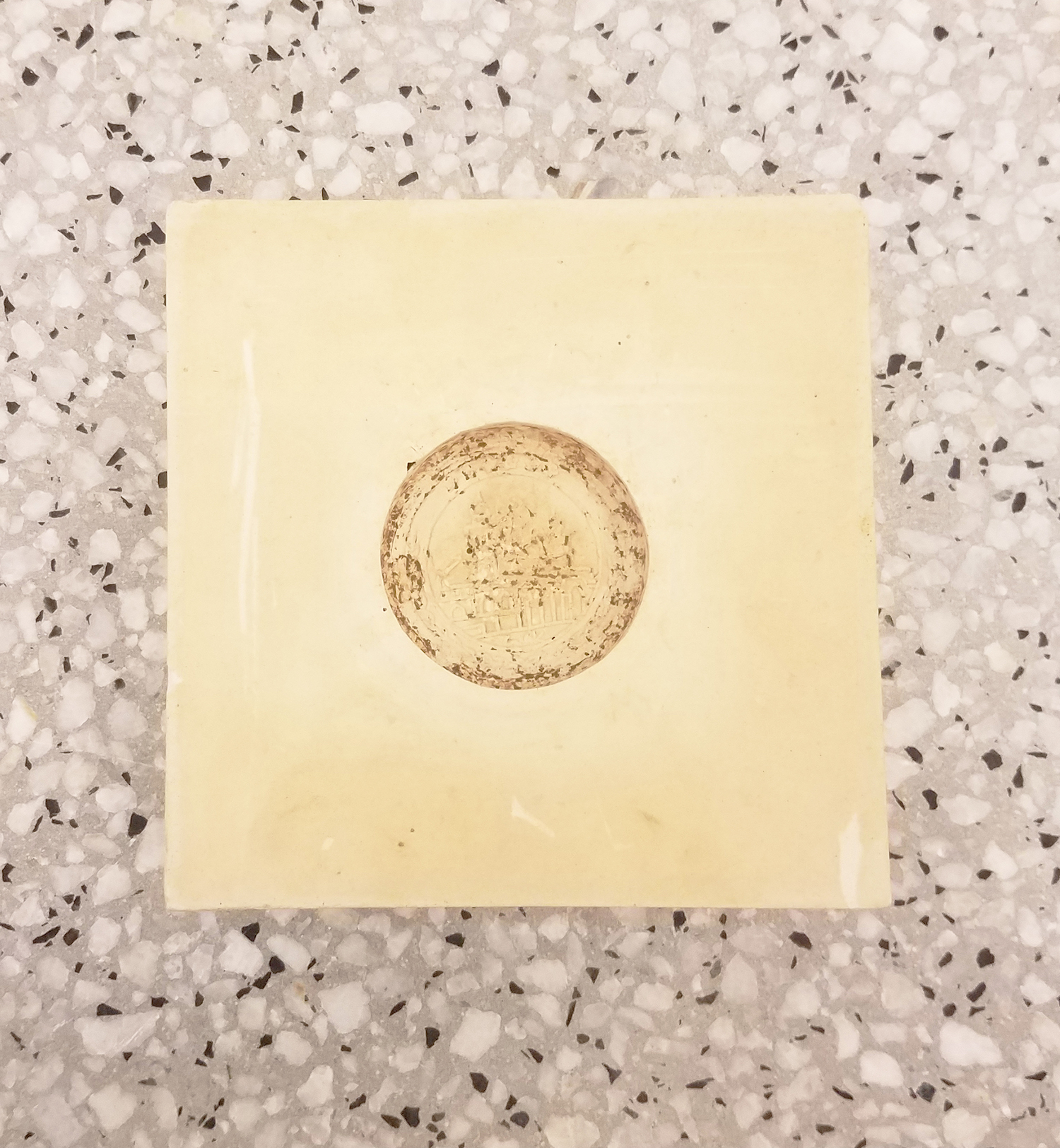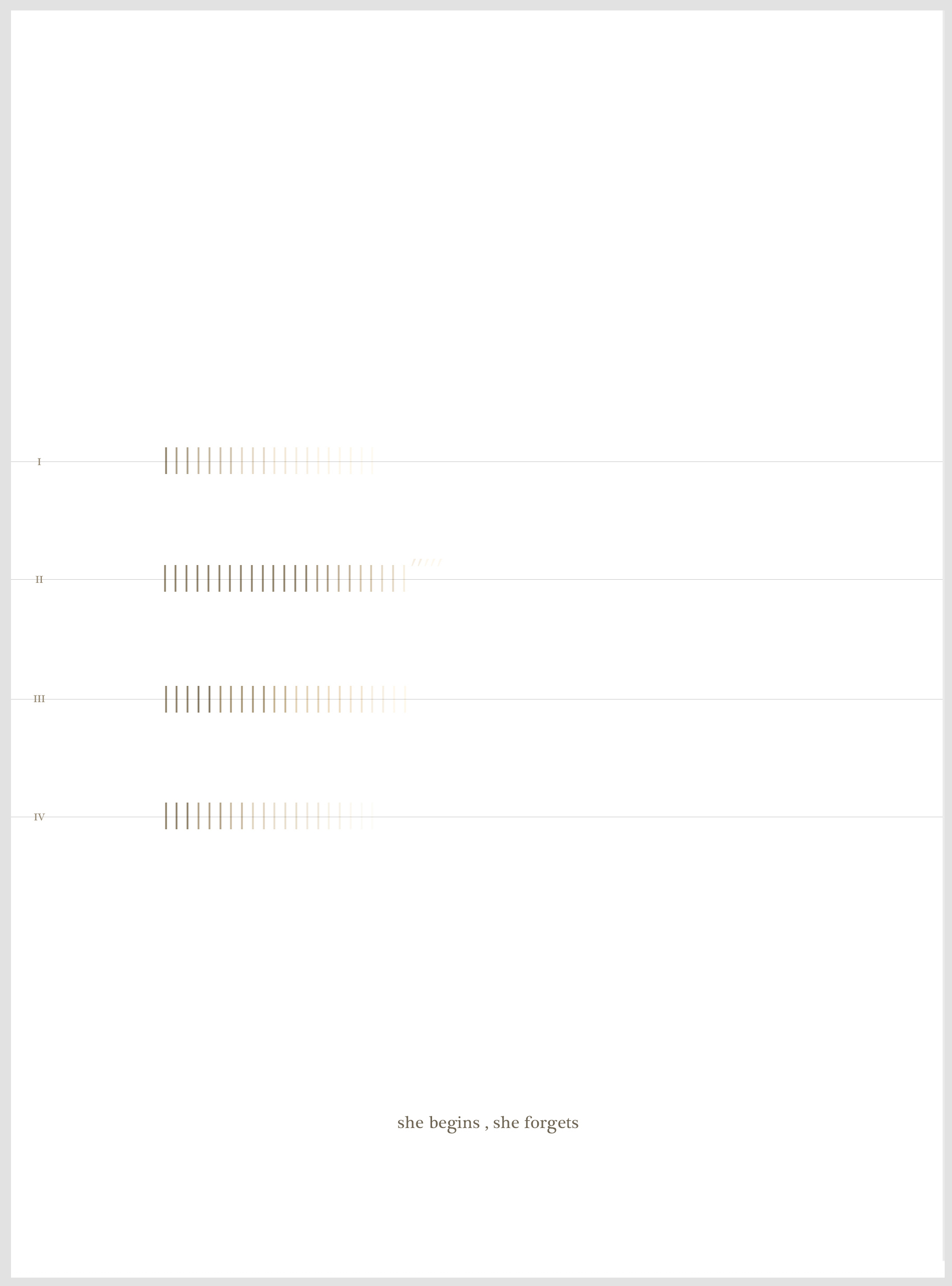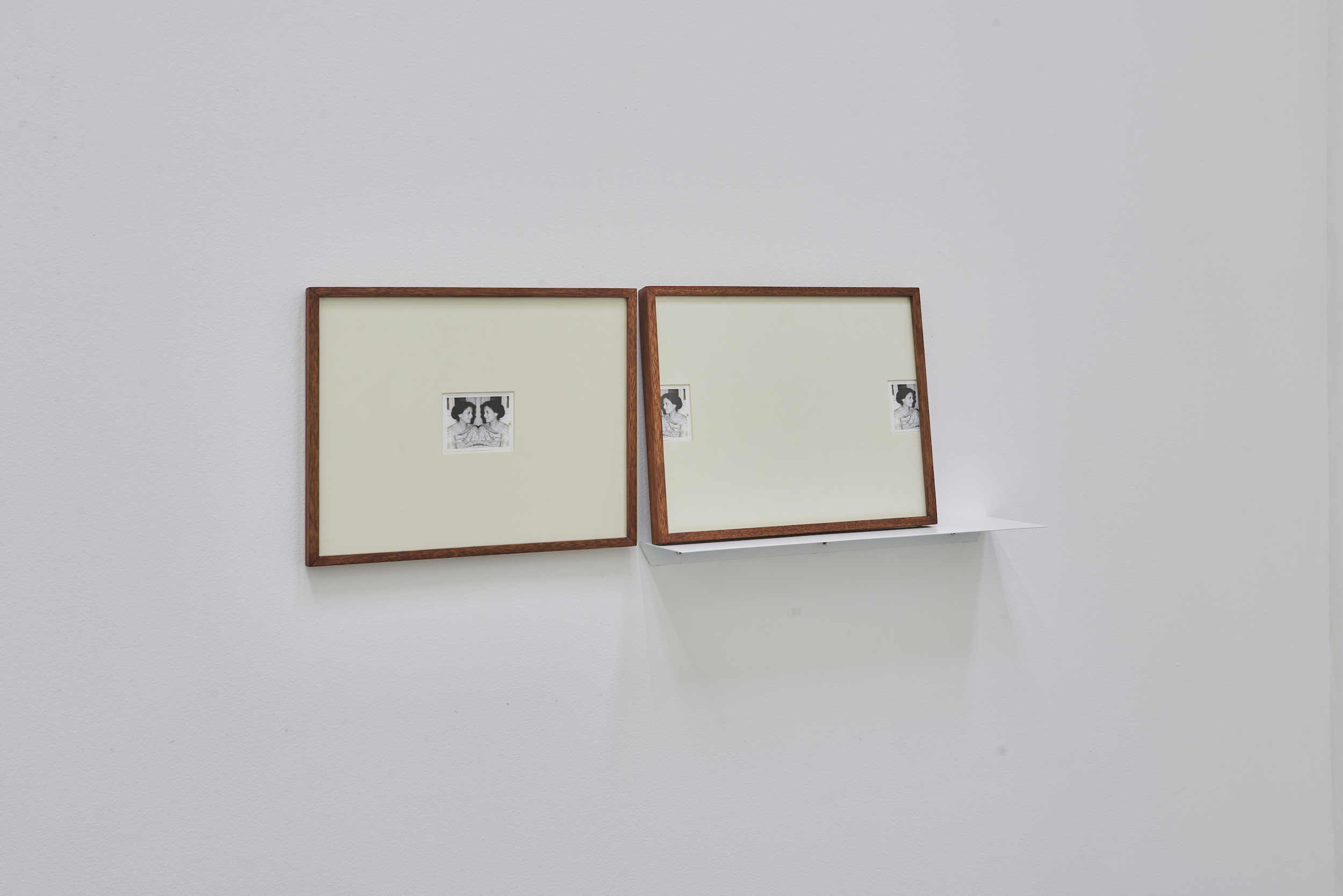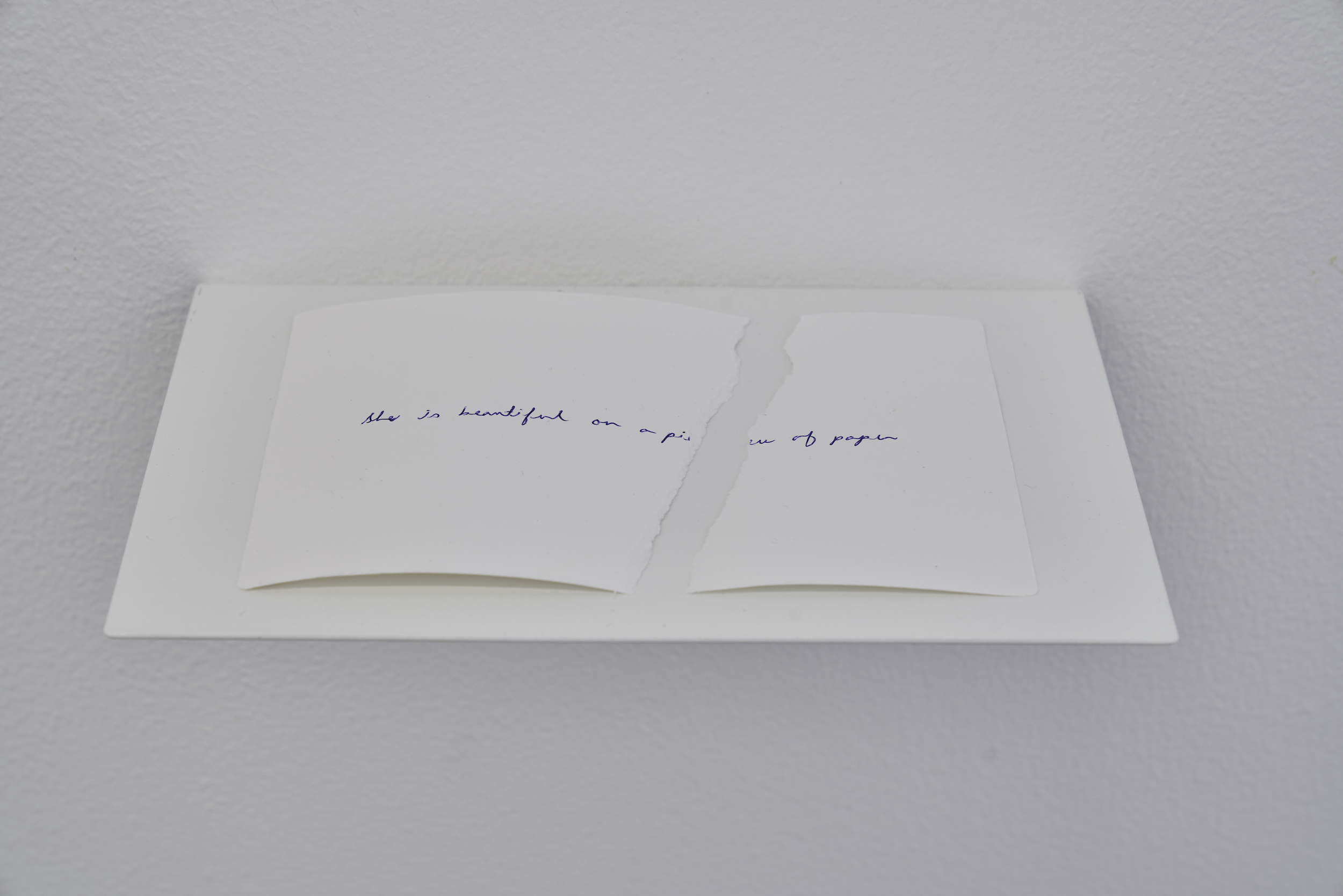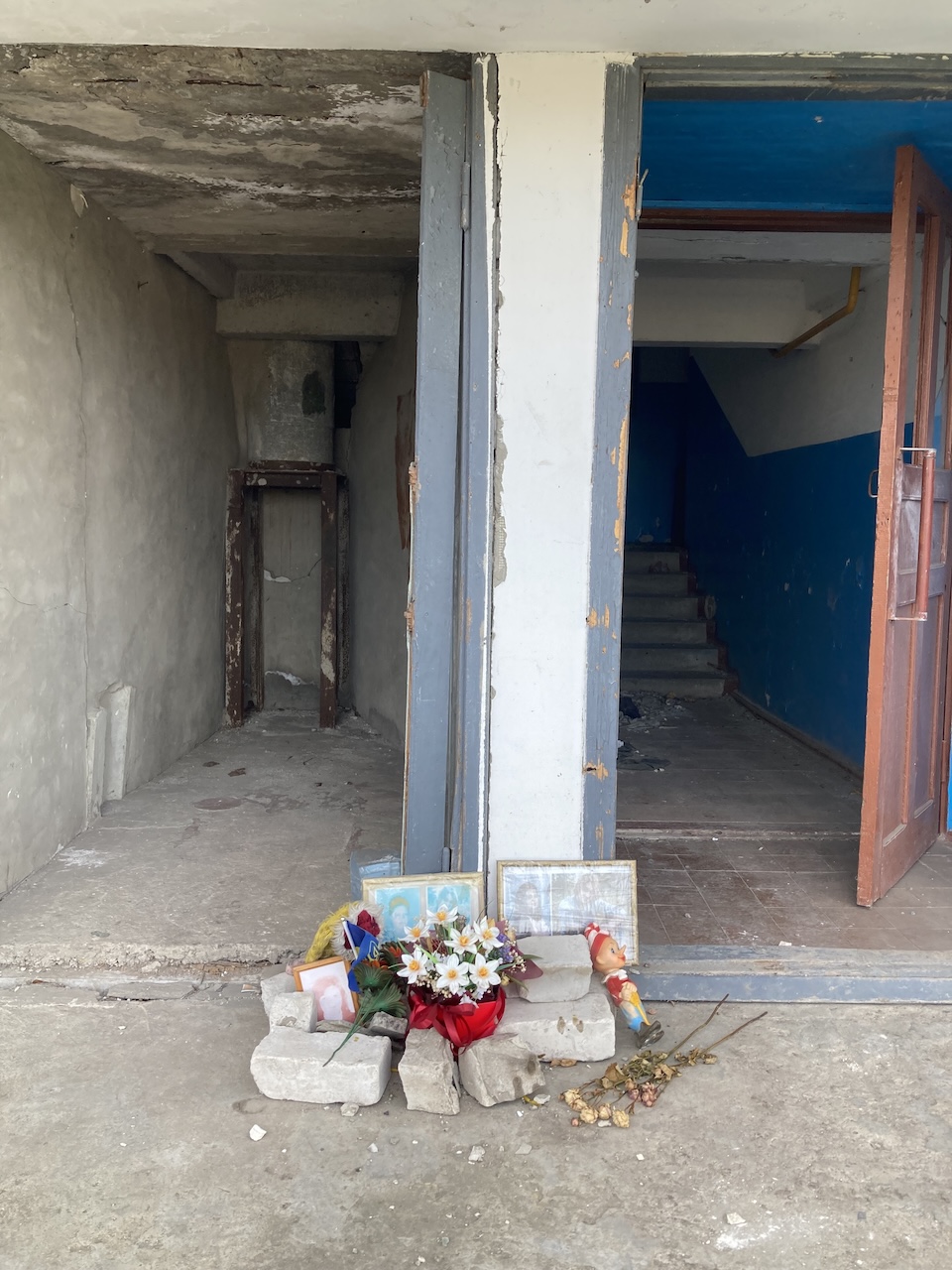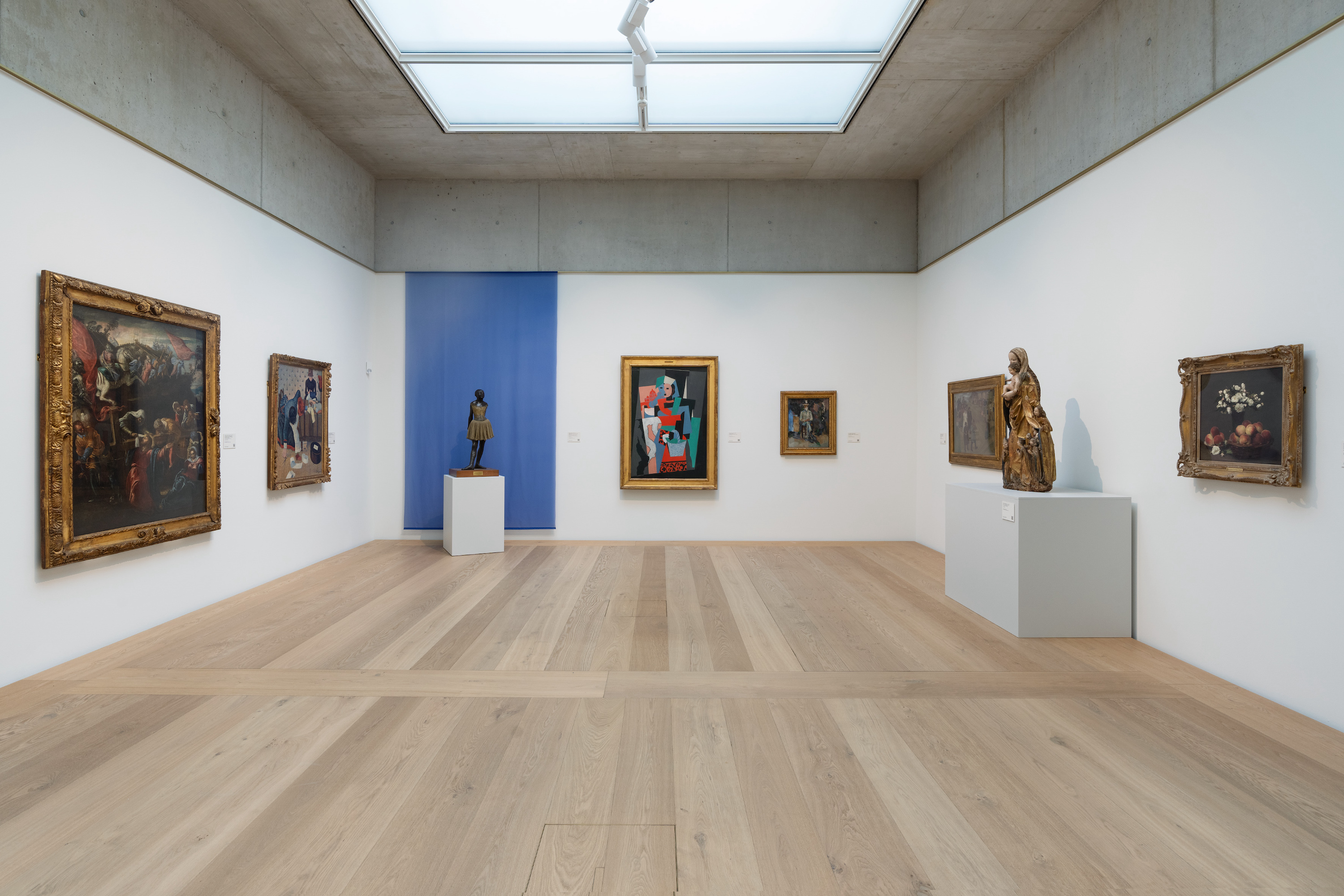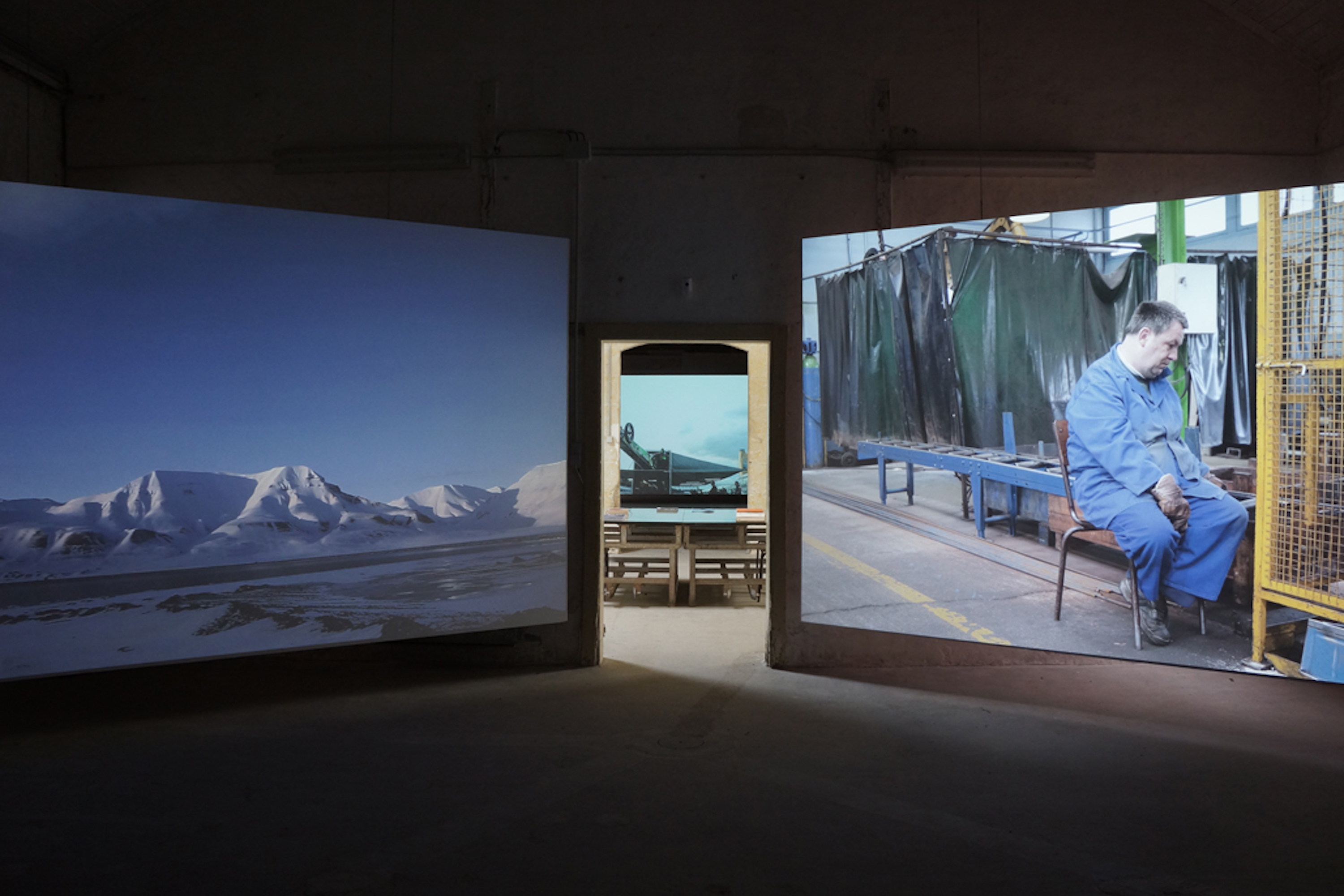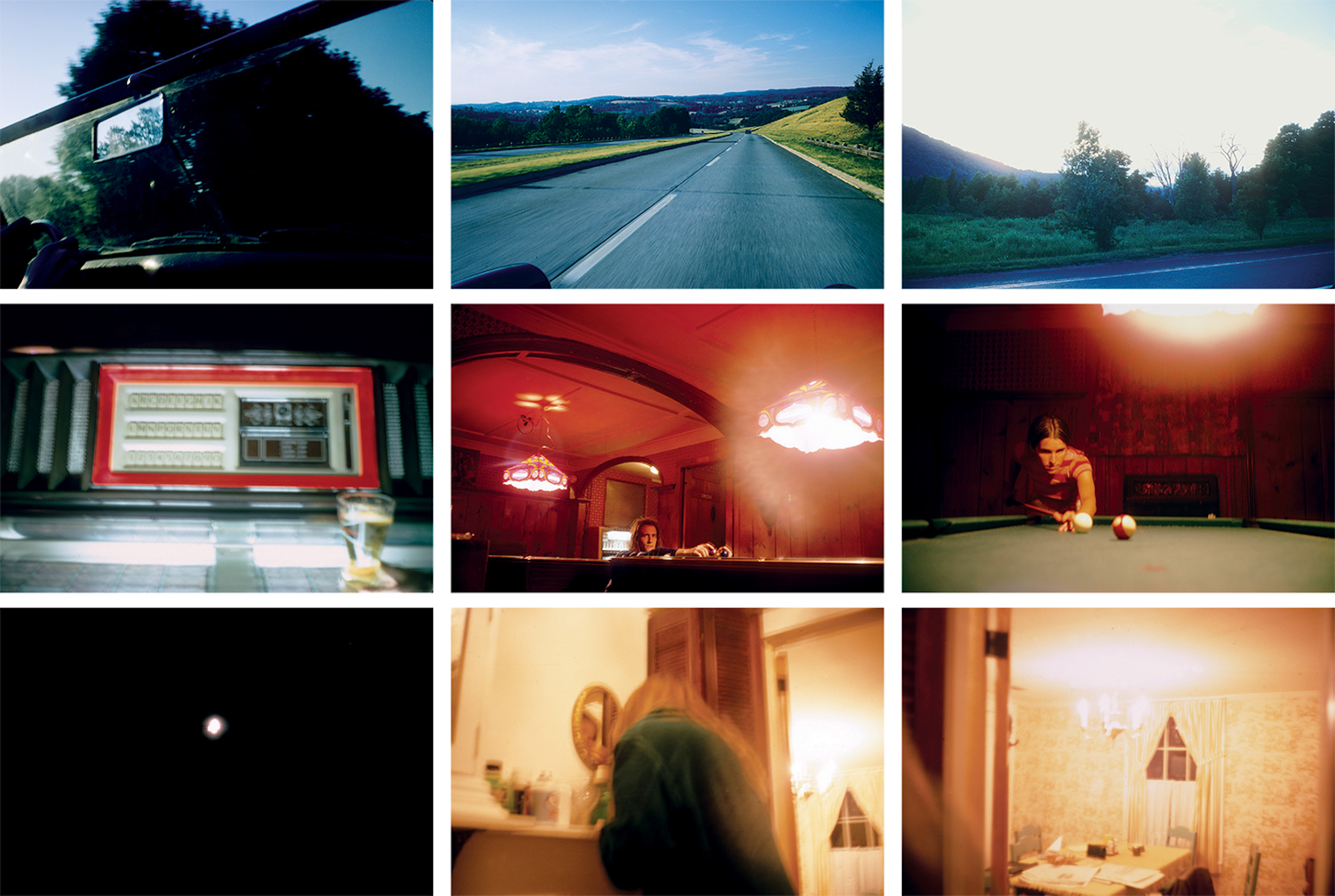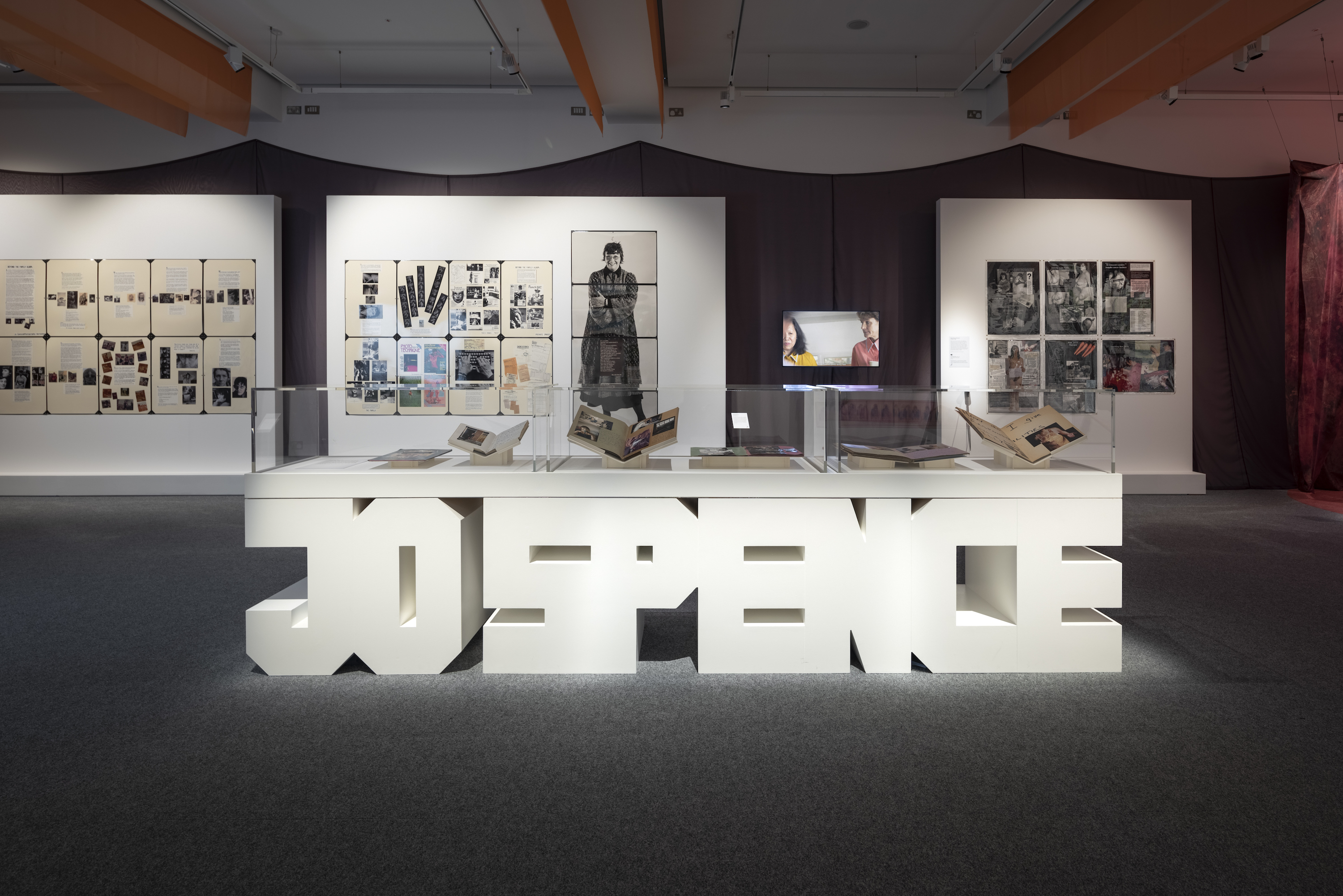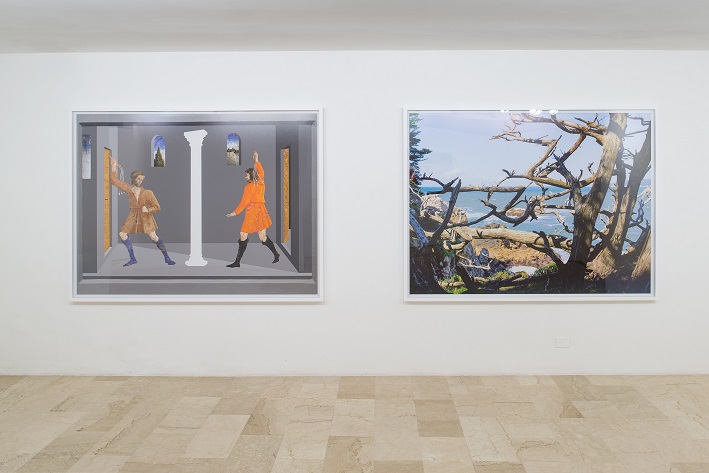September 18–November 2, 2019
From Siegfried Kracauer to Roland Barthes, a photograph of a maternal figure in her youth has prompted some of the most important critical reflections on photography, and specifically its relationship to memory and death. For these authors, the photograph, despite its veracious claims, remains hopelessly inadequate, at odds with lived experience and unable to accommodate the emotional intensity of an intimate relationship. It requires, at least according to Kracauer, a supplement of oral history to even begin to access a person once known and lost. Prompted by a photograph of his maternal grandmother Jehanara Hasan, Fazal Rizvi’s “How do we remember?” is an investigation in this vein, complicated by Jehanara’s progressive dementia, which resulted in her having forgotten much of her life by the time the artist was old enough to remember her. It is an attempt to reconcile the dissonance between a photograph of youth, beauty, and vigor, around which memories and myths have coalesced, with the decay and deterioration of both the object itself but also the subject it portrays.
The exhibition opens with a pair of works that acknowledge how decay, mnemonic and material, troubles a photograph’s status as document. In She is beautiful on a piece of paper (2019), the title text is scrawled on a blank piece of paper; ripped in half, it foregrounds the fragility of the most common of photographic supports. The Visit (2019) consists of a large photograph of the back of a torn and partially buried smaller image, with a faded date scribbled in pen. It is accompanied by a text that functions as both an obituary and a ghost story, recounting a memory of when a failing mind momentarily resurrected a husband long dead.
In the absence of memories of his own, Rizvi is forced to draw on secondhand ones, attempting to conjure a presence for himself and the viewer out of the remembrances of more immediate and intimate others. Coloured Fields 20 (2019) describes one such example, in a short paragraph carefully typed out using colored carbon paper, sheets of which are used to create an eye-catching minimal composition next to it. The text recounts the recurring debates among Jehanara’s daughters about their varying degrees of resemblance to their mother, precipitated by her growing inability to remember them, as if the infallibility of genetics could counter the failure of memory. In the related work Four Daughters (2019), each of these relationships is abstracted into a rectangular grid of periods. In the first two, the differently colored dots mostly overlap suggesting identity and harmony. The third grid is a collage, the delicately jagged edge between its red and blue halves evoking not just intergenerational friction but also the trauma of the partition of the Indian subcontinent in 1947, an event that undoubtedly affected the trajectory of Jehanara’s life. The field is a neutral gray in the last one suggesting a quiet reserve, possibly a representation of the stoicism required to surpass the heartbreak felt daily when caring for a parent who fails to recognize you as their own.
In A score – 5 times a day (2019), Rizvi elegantly translates the familiar choreography of prayer into a simple notational system of periods, apostrophes, and vertical and oblique slashes, using it to tabulate some of the many ways in which Jehanara would forget. Two overlapping but slightly off-register sets convey an unnecessary repetition of the entire act. Fading lines suggest an inability to complete it. An empty sheet marks an aborted beginning or, possibly, her eventual death. Displayed in a row on a narrow table topped with terrazzo, the material that covered the floor of Jehanara’s room, these scores appear alongside a white plaster mold of a sajdagah, a small clay disc against which to rest the forehead during prayer. Bits of clay stain the empty mold, suggesting the possibility of physical, if microscopic, traces of Jehanara.
The show concludes with a structure for remembrance titled THIS IS A MIRAGE, AN IMAGE, A MONUMENT AND/OR A SHRINE (2019), which retraces the dimensions of Jehanara’s room within the gallery. Wedged in at an awkward angle so that it cuts into one of the surrounding walls, the floorplan, reconstructed as a two-foot-high cement enclosure, becomes both an obstacle and a place to sit and read the small book that accompanies the installation, a collection of short poetic texts that weave together personal reflections with descriptions of Shia mourning and commemoration rituals. While the English passages recount the sensorial and material specificities of these customs, the practices are often named in Urdu and are sometimes accompanied by carefully selected images, linguistic and visual fragments that serve as powerful mnemonic and affective triggers for those intimate with them. The book suggests that, regardless of belief, the ways you are taught to mourn en masse invariably shape how you privately process grief and remember your dead.
Jehanara finally appears in the diptych When she looked in the mirror (2016–19), displayed on the gallery wall behind the shrine. In the left half, her photograph is repeated but flipped, the images facing each other at the page’s center. On the right, they have migrated to the edges, looking out beyond the frame. While this multiplicity challenges the possibility of any single photograph ever encapsulating the infinite details of a life remembered and forgotten, the paired centripetal and centrifugal compositions suggest that memory remains dynamic, a force that can both focus and disperse our experiences of the past.

